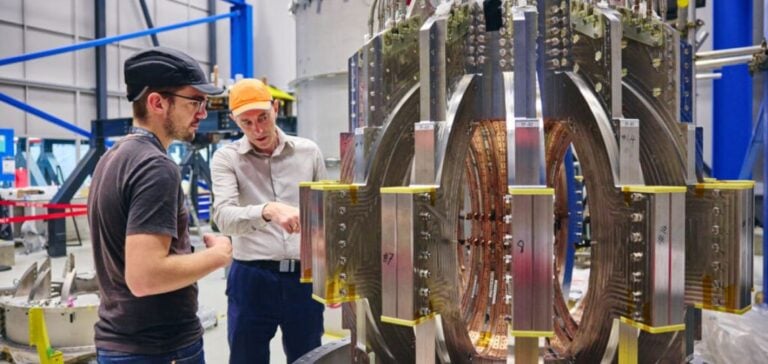Tokamak Energy, based in the UK, announces the creation of TE Magnetics, a subsidiary dedicated to the marketing of its high-temperature superconducting (HTS) magnets.
These magnets, used in its Demo4 facility, create the powerful magnetic fields required for plasma confinement in fusion reactors.
HTS technology significantly reduces cooling requirements compared with conventional superconducting materials, making it an effective solution for many industries.
TE Magnetics is targeting not only the fusion market, but also sectors such as scientific research, medicine, renewable energies, and advanced transportation systems, such as marine and magnetic levitation transport.
Technological diversification objectives
TE Magnetics is positioned as a supplier of HTS magnets to a variety of industries, from energy to transportation.
Director Liam Brennan points out that the development of this technology has the potential to disrupt existing markets and create new ones.
The strategy includes the application of HTS in areas requiring enhanced performance and optimized energy consumption.
The aim is to harness the potential of superconductors to meet the growing demands for reduced energy consumption and improved efficiency in a variety of industrial sectors.
Progress towards marketable fusion reactors
Since its separation from the UK Atomic Energy Authority (UKAEA) in 2009, Tokamak Energy has been pursuing the development of compact fusion reactors.
In 2023, the company confirmed the construction of the ST80-HTS prototype at Culham, near Oxford, to demonstrate the efficiency of HTS magnets under real operating conditions.
Scheduled for completion in 2026, this prototype will serve as the basis for the design of the ST-E1 pilot plant, with an expected capacity of 200 MW of net electrical power within the next decade.
This roadmap foresees the commissioning of 500 MW commercial fusion power plants by 2035.
Strategic positioning in the superconductor market
By creating TE Magnetics, Tokamak Energy is taking a diversification approach while consolidating its role in fusion.
The development and marketing of HTS magnets is part of a strategy aimed at capturing a growing share of niche markets requiring high-performance superconducting solutions.
The fusion industry, still in its commercial infancy, could see these innovations as an essential lever for achieving ambitious and diversified energy targets.






















